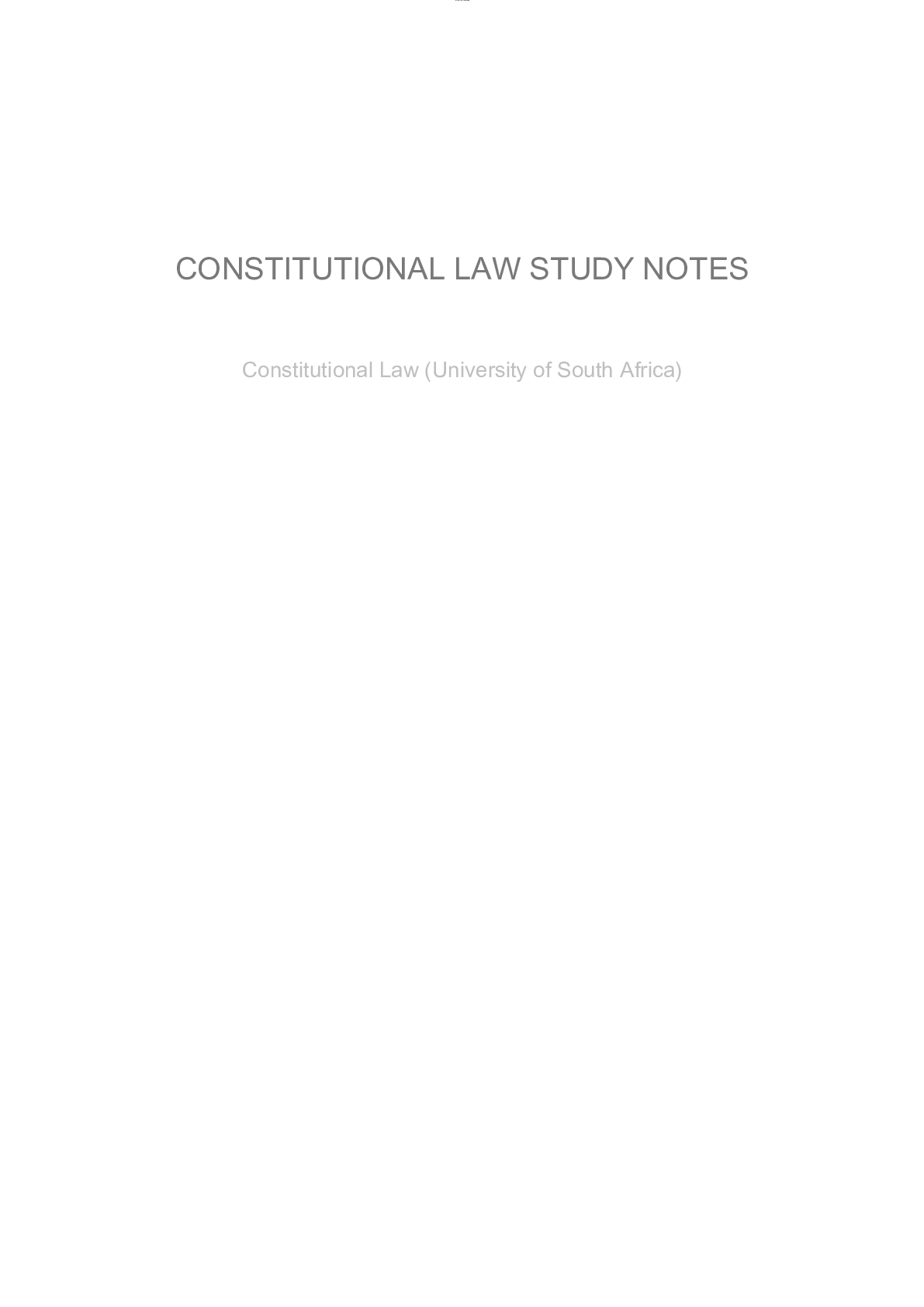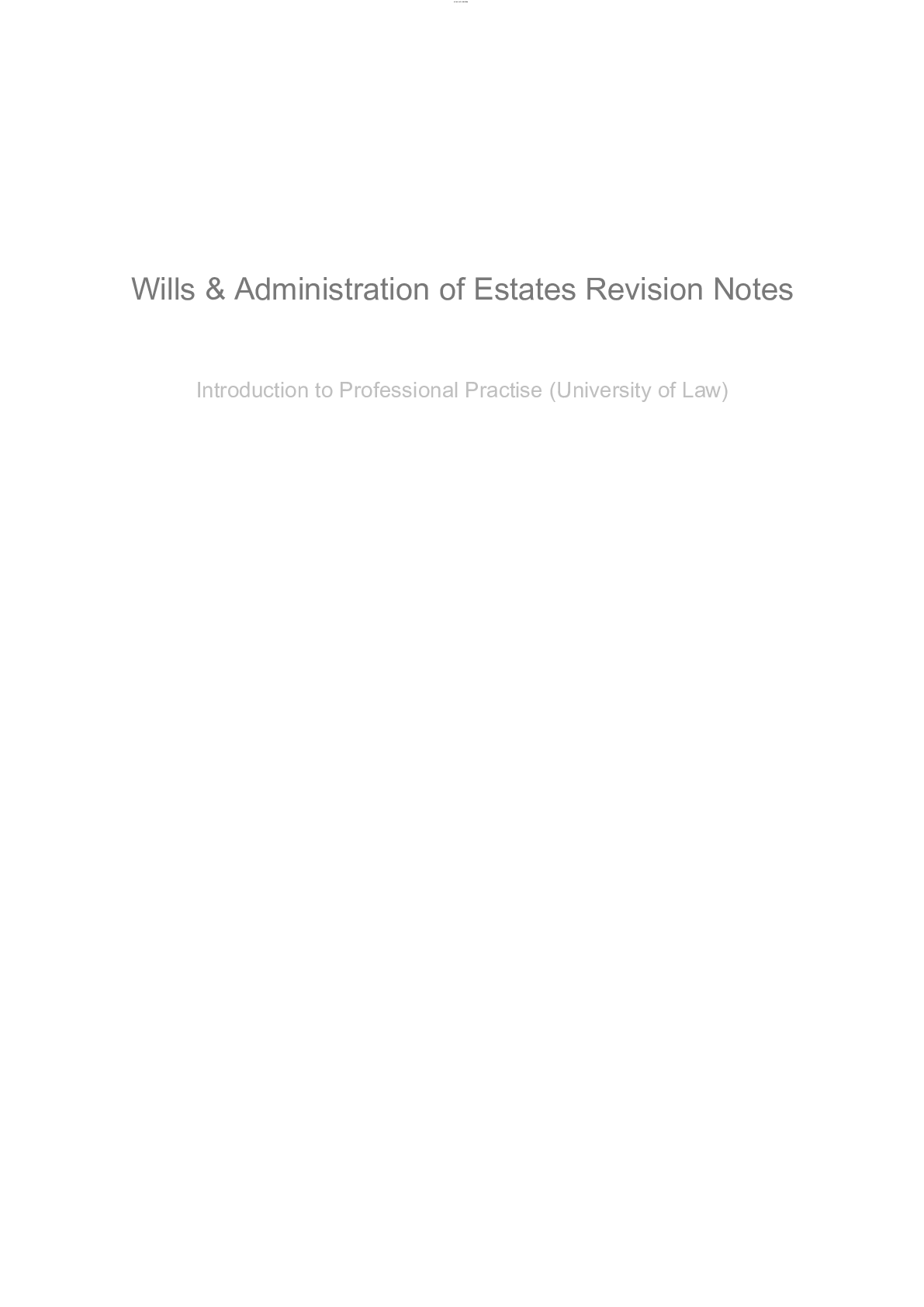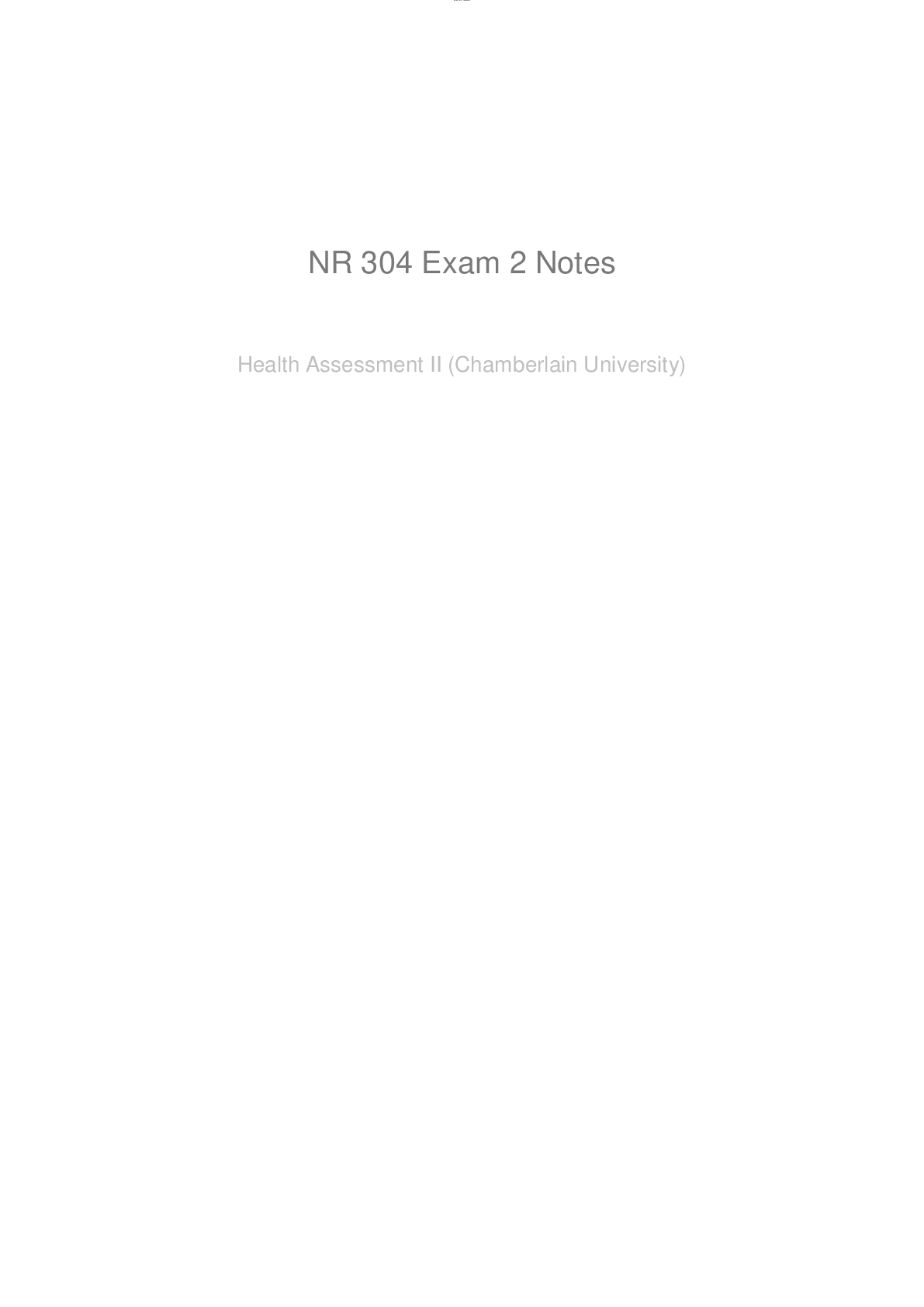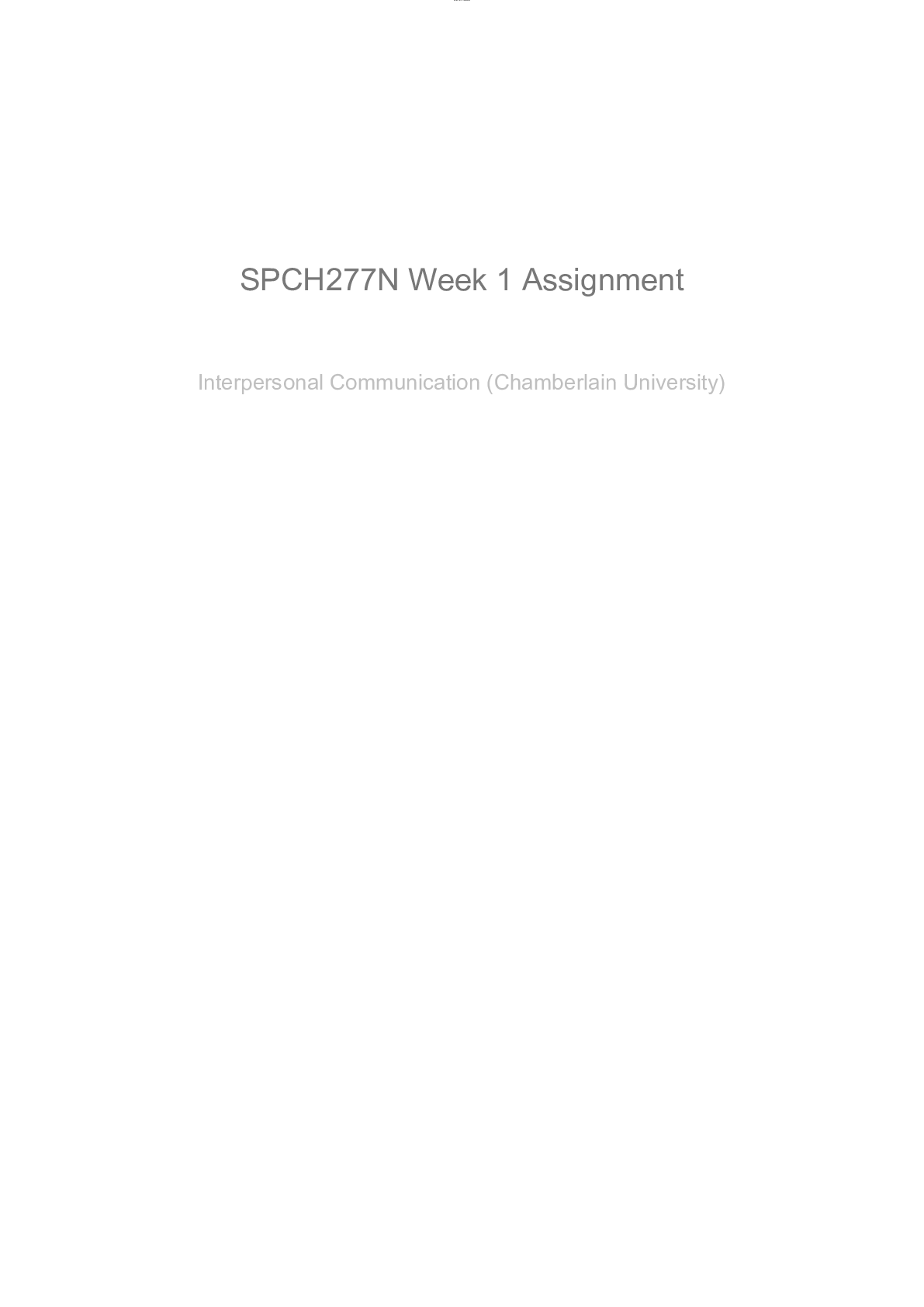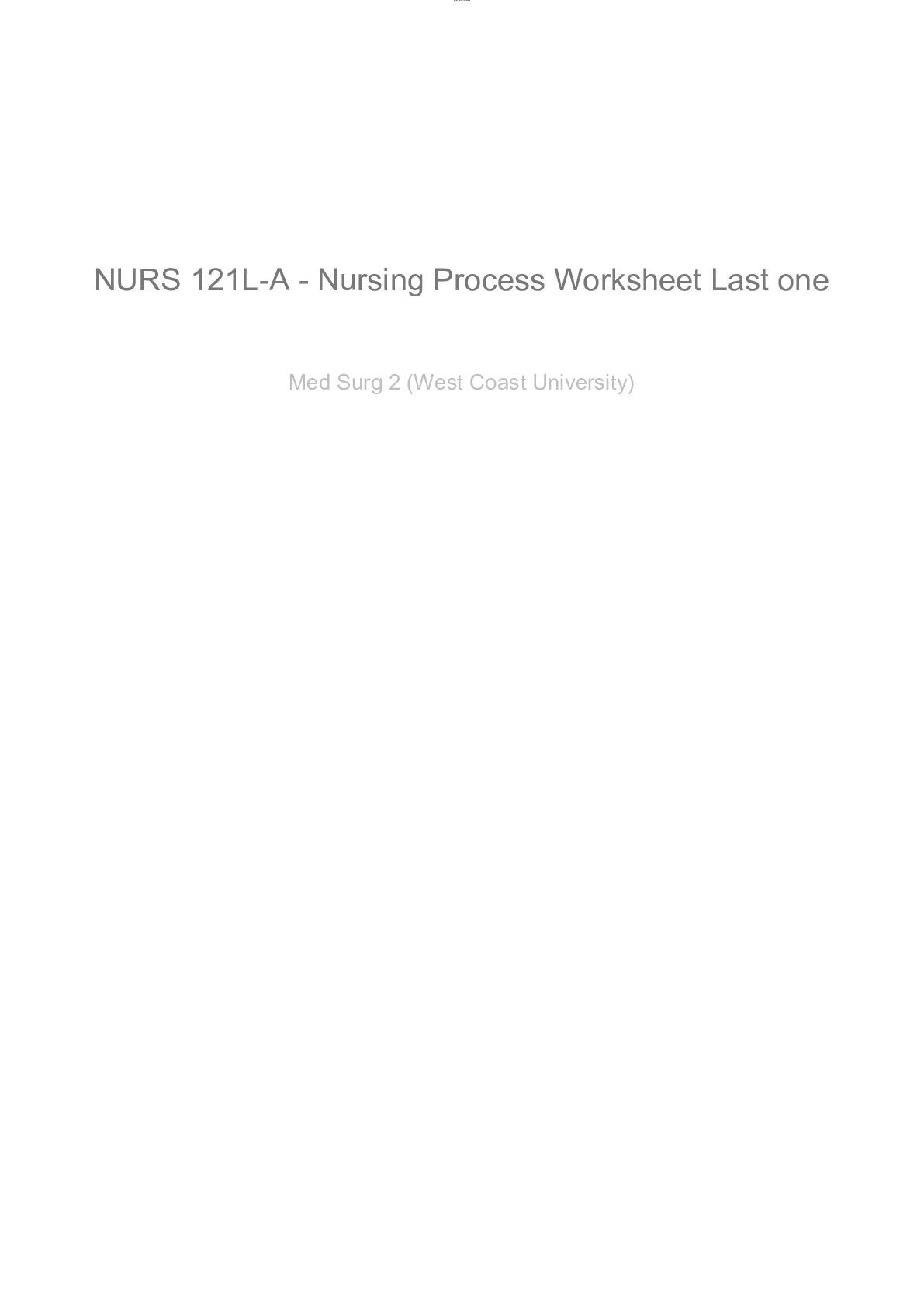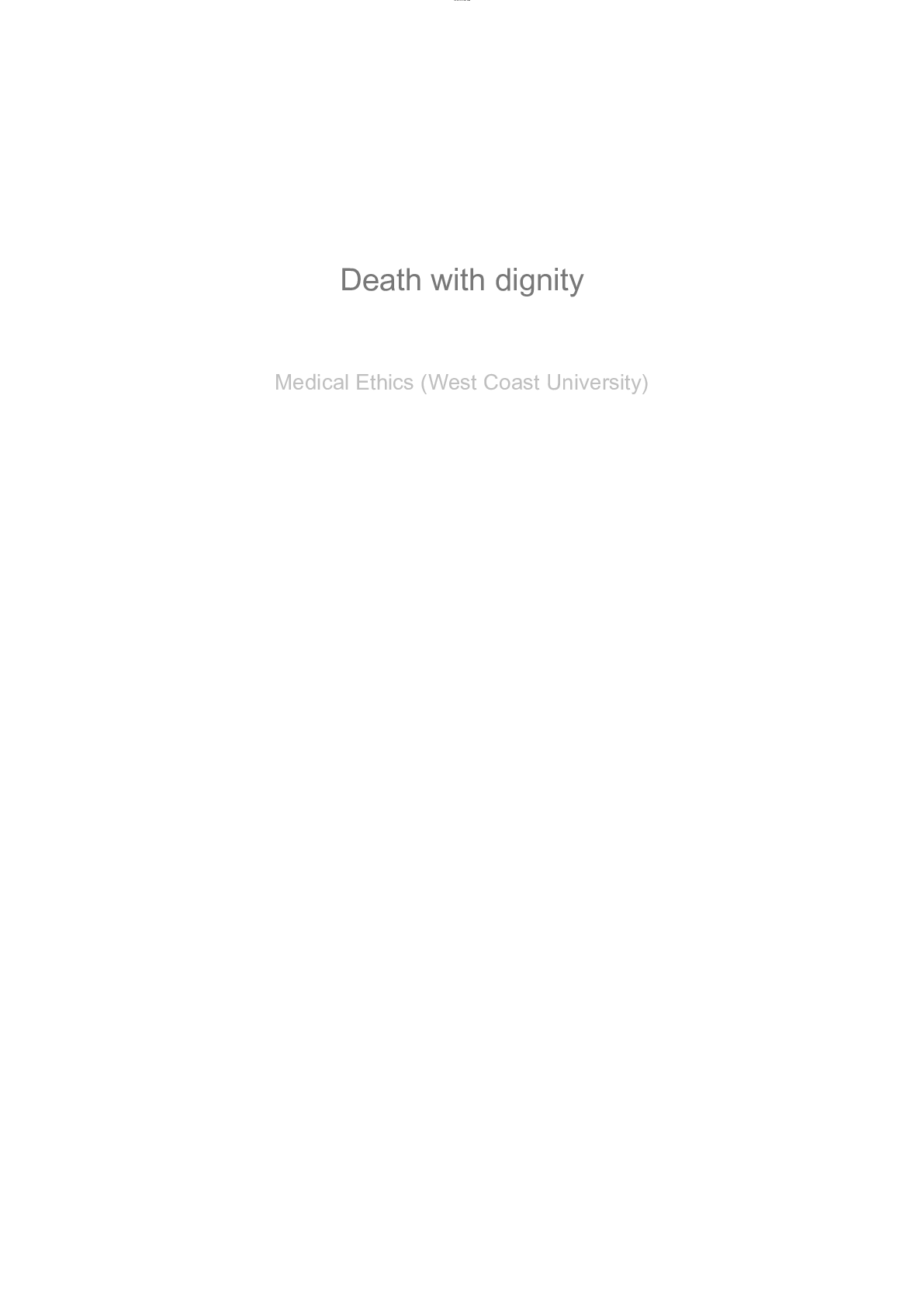*NURSING > Study Notes > NURS 2208Medsurg Hesi Topics. (All)
NURS 2208Medsurg Hesi Topics.
Document Content and Description Below
1. Nursing process-Stroke TIA: Med-Surg book p930-945 lot of pages just hitting the highlights.........TIA = Transient ischemic attack. TEMPORAY neurologic dysfunction resulting from a brief interru... ption in cerebral blood flow. Typically resolves in 30 to 60 min. Treatment focuses on preventing another TIA or stroke: Reducing high BP, the most common risk factor for stroke, by adding or adjusting drugs to lower BPTaking aspirin or another antiplatelet drug to prevent strokes (Plavix) Controlling diabetes and keeping blood sugar levels in a target range, typically 100-180mg/dl Promoting lifestyle changes such as quitting smoking, eating heart-healthy foods, and being more active Ensure that the pt taking antiplatelet drugs is aware of precautions and actions to take if bleeding occurs. A Stroke - Is a medical emergency, and it should be treated immediately to reduce permanent disability. It is caused by an interruption of perfusion to any part of the brain. Recommend a diet high in fruits and veggies and low in saturated fats. Light to moderate alcohol consumption may reduce the risk for stroke, but a higher consumption may increase it. NCLEX purple book p225, 937-939 1.In clients with hemorrhagic strokes, the head of the bed is usually elevated to 30 degrees to reduce intracranial pressure and to facilitate venous drainage. 2.For clients with ischemic strokes, the head of the bed is usually kept flat 3.Maintain the head in a midline, neutral position to facilitate venous drainage from the head. 4.Avoid extreme hip and neck flexion; extreme hip flexion may increase intrathoracic pressure, whereas extreme neck flexion prohibits venous drainage from the brain ALERT! A critical factor in the early intervention and treatment of stroke is the accurate identification of stroke manifestations and establishing the onset of the manifestations. Stroke screening scales may be used to quickly identify stroke manifestations. Box 66-17 Neurological Assessment in Stroke: Changes in level of consciousness Signs of increasing intracranial pressure Assessment of cranial nerves V, VII, IX, X and XII Cranial nerve V: Difficulty with chewing Cranial nerve VII: Facial paralysis or paresis Cranial nerve IX and X: Dysphagia Cranial nerve IX: Absent gag reflex [Show More]
Last updated: 1 year ago
Preview 1 out of 24 pages
.png)
Reviews( 0 )
Document information
Connected school, study & course
About the document
Uploaded On
Sep 10, 2021
Number of pages
24
Written in
Additional information
This document has been written for:
Uploaded
Sep 10, 2021
Downloads
0
Views
83

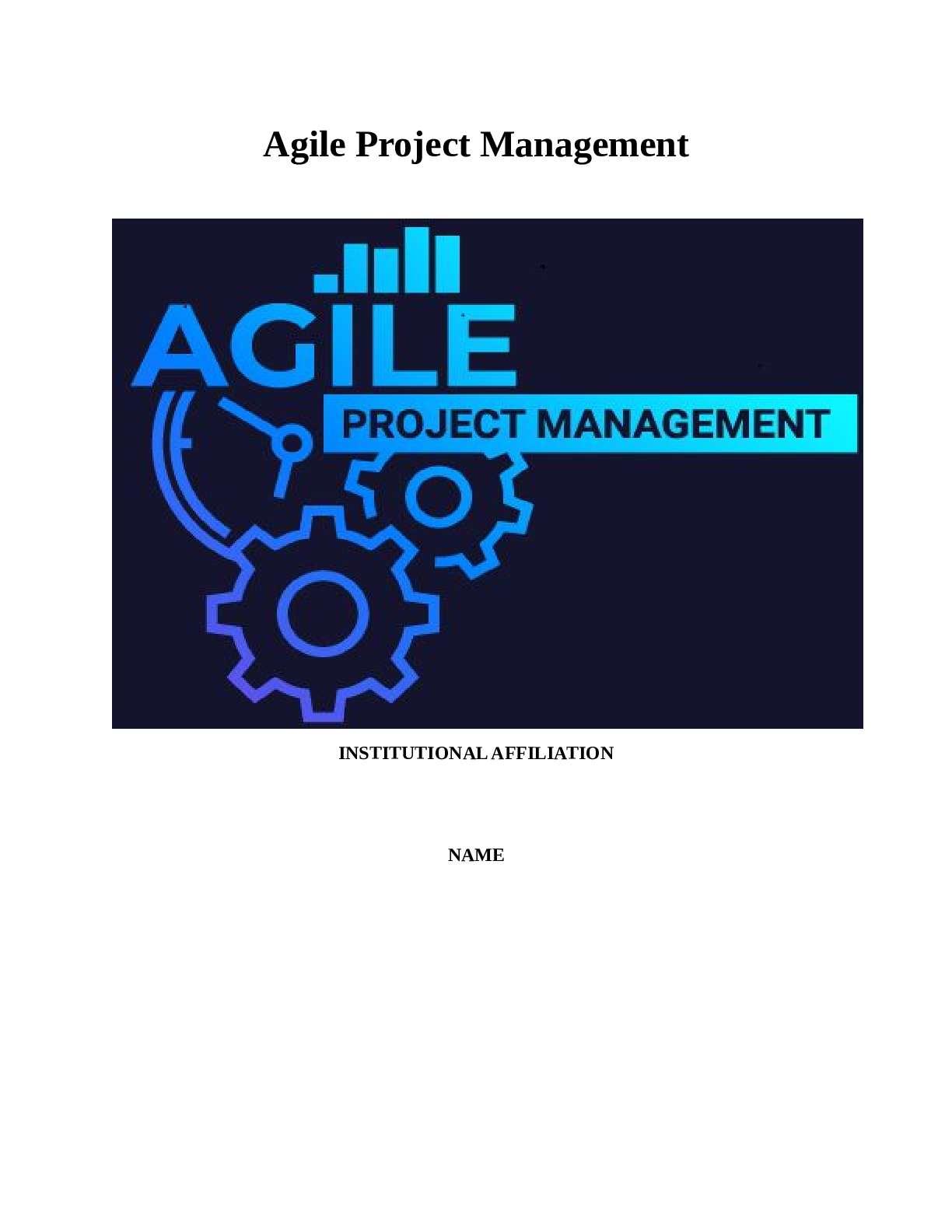

.png)



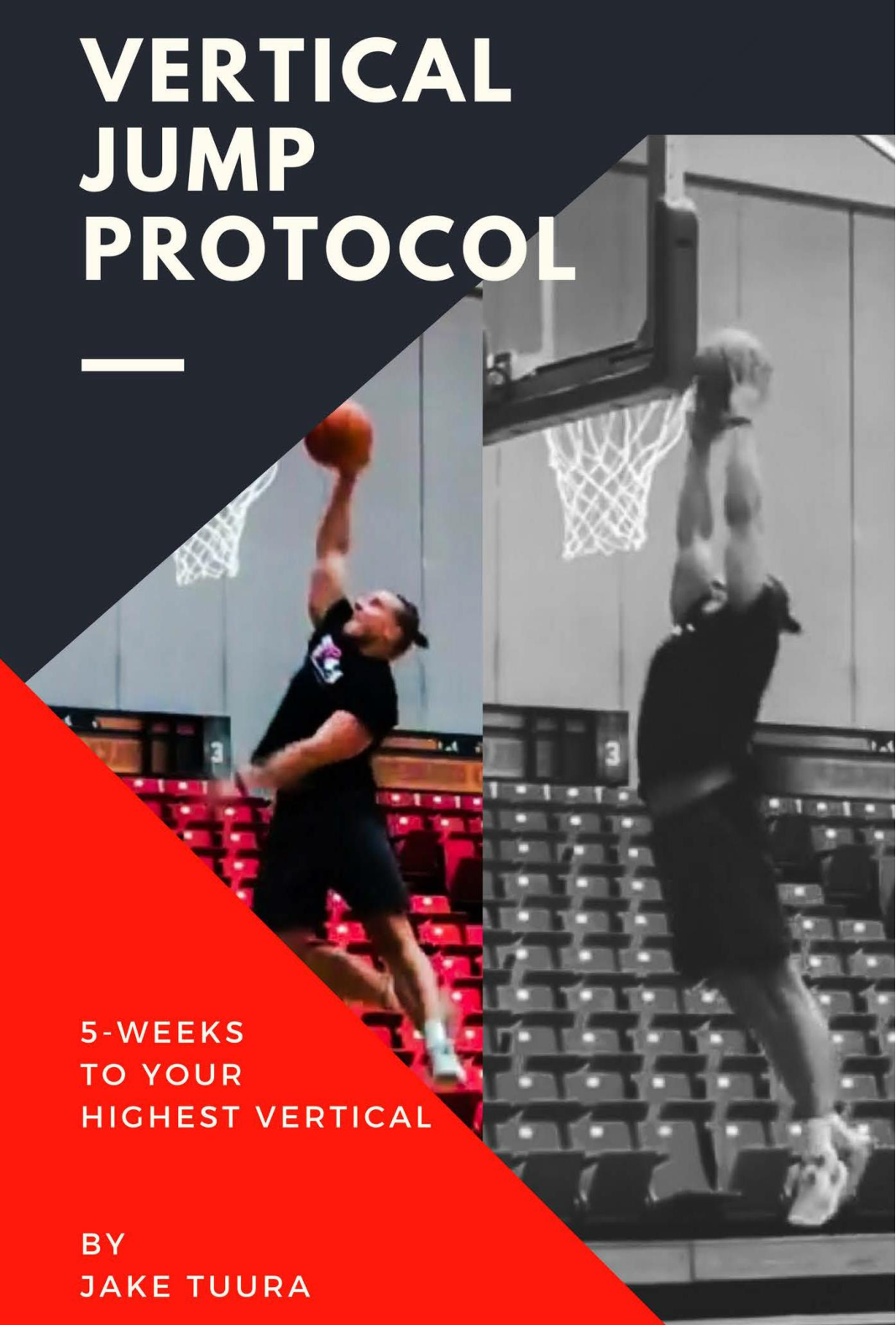


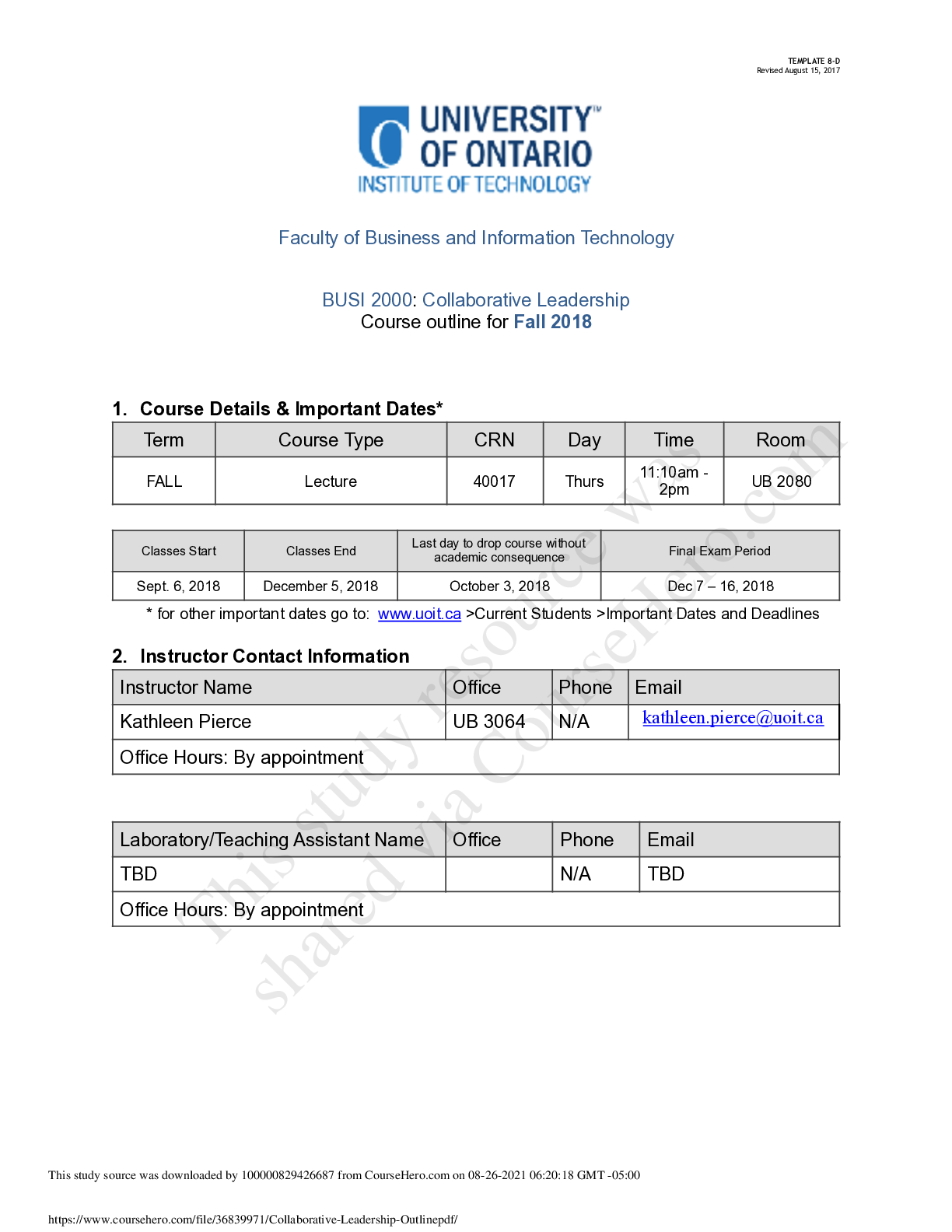
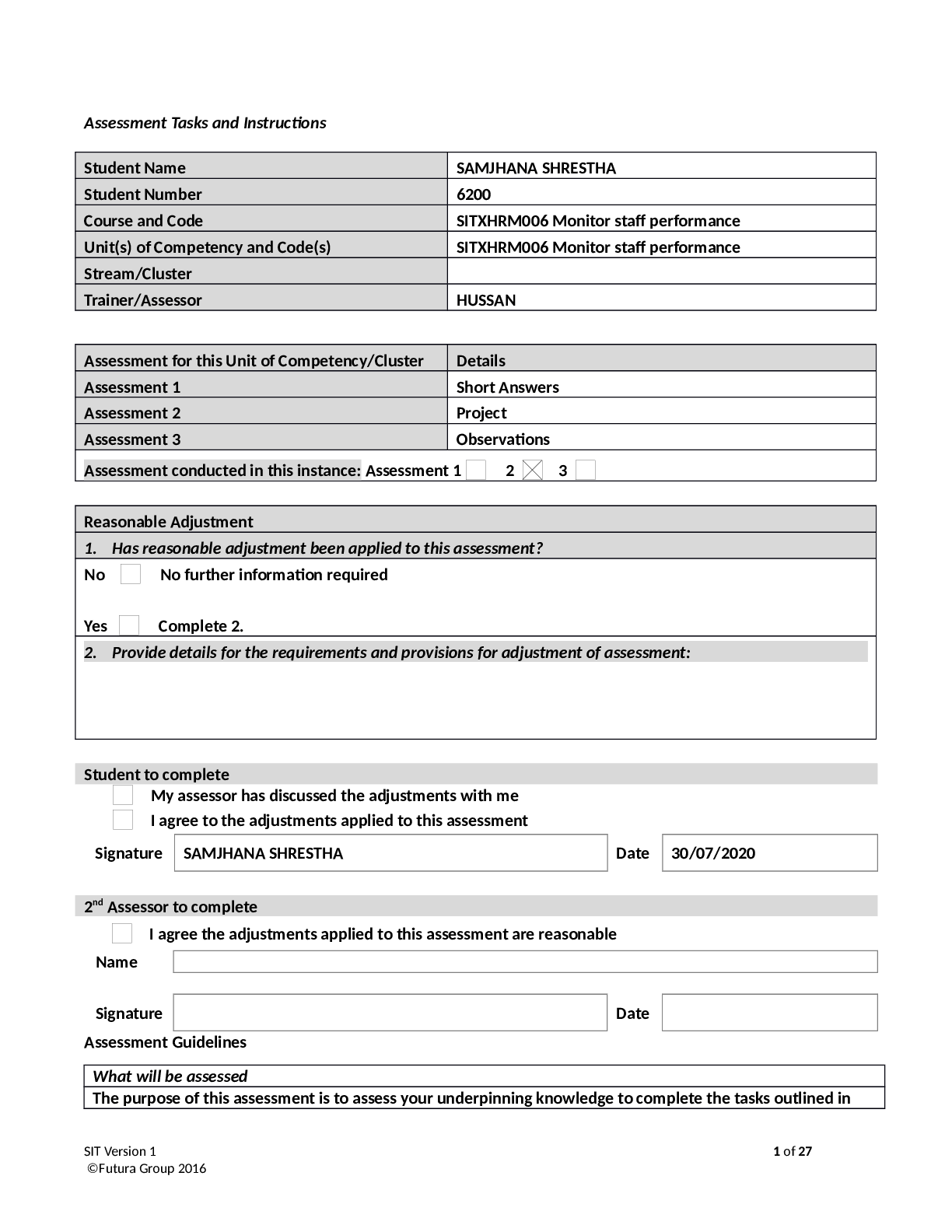
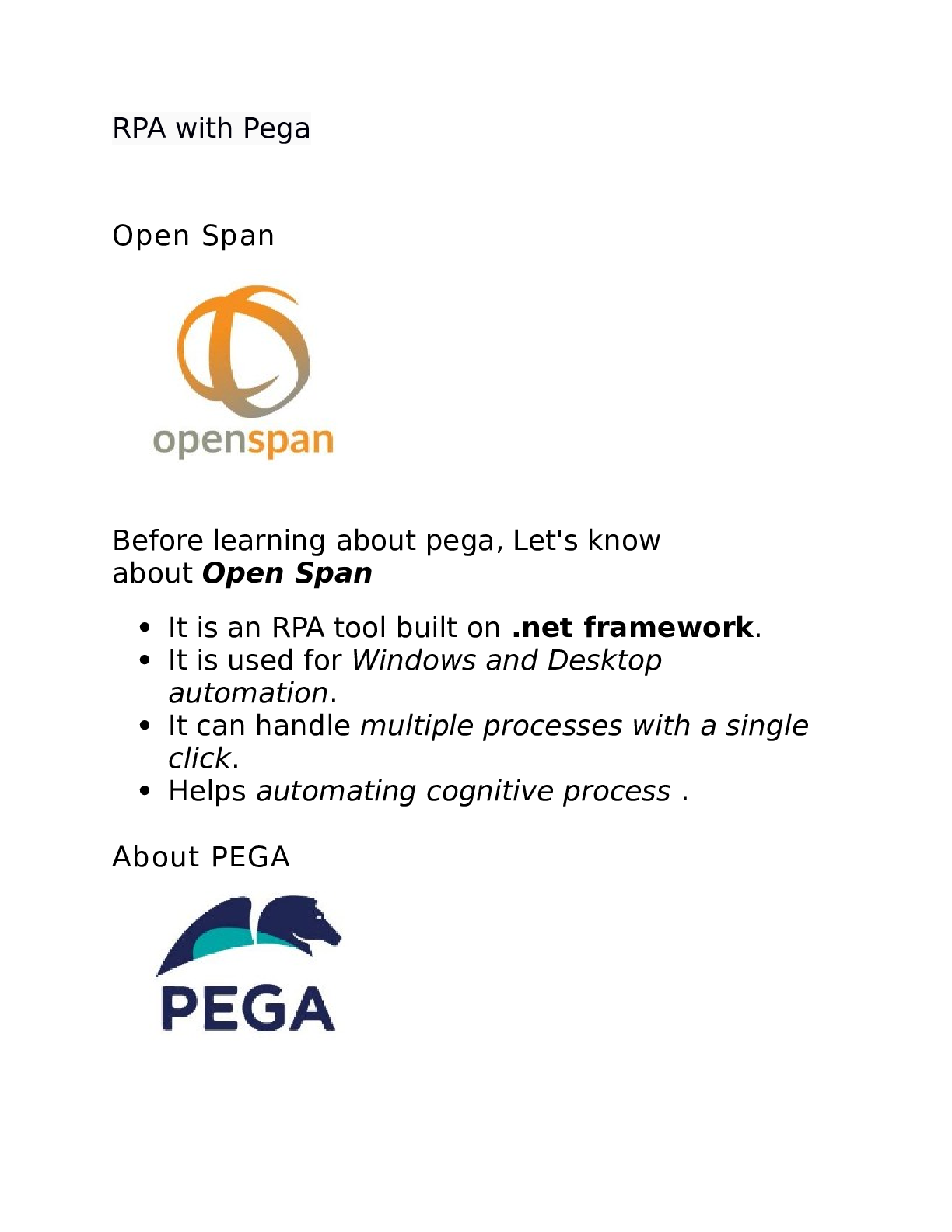
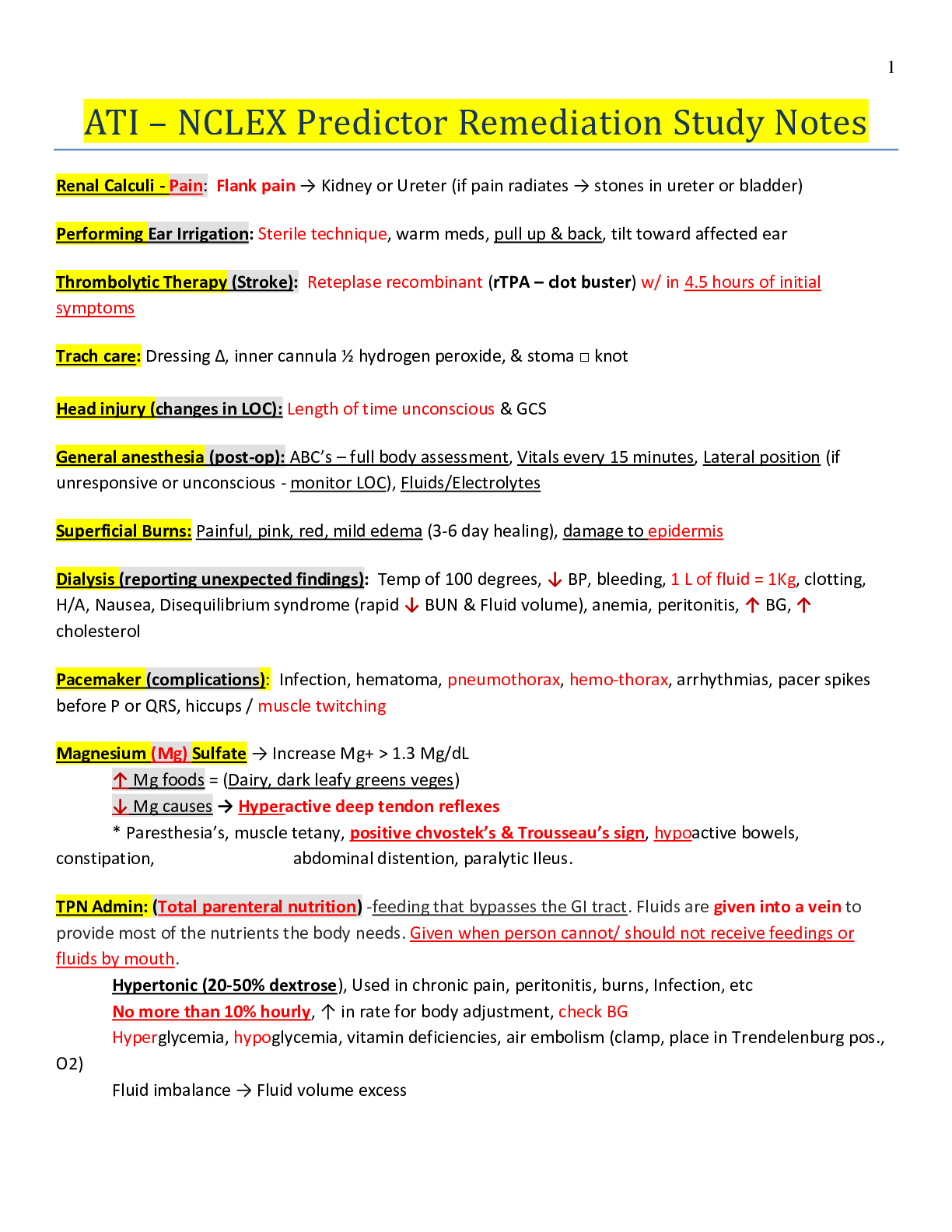
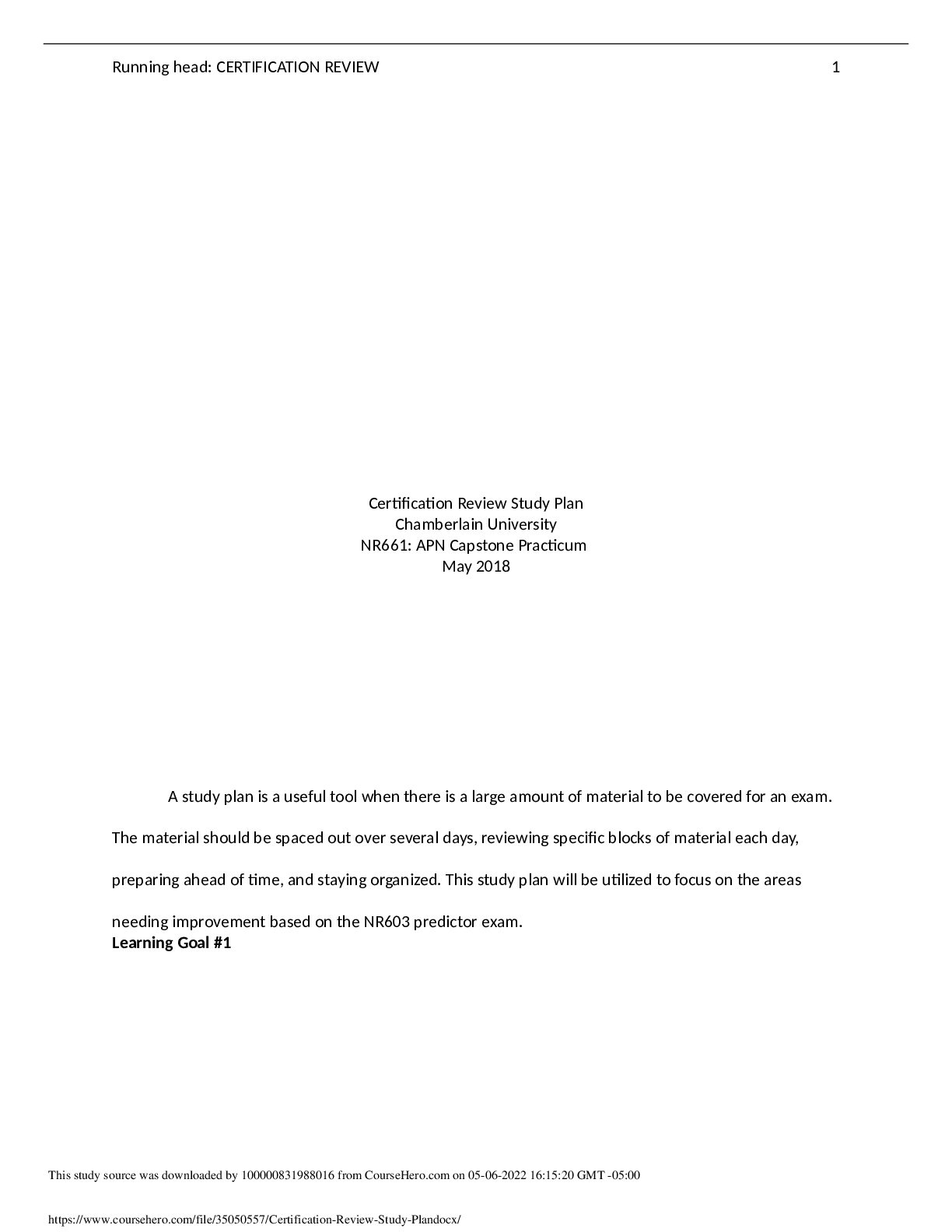
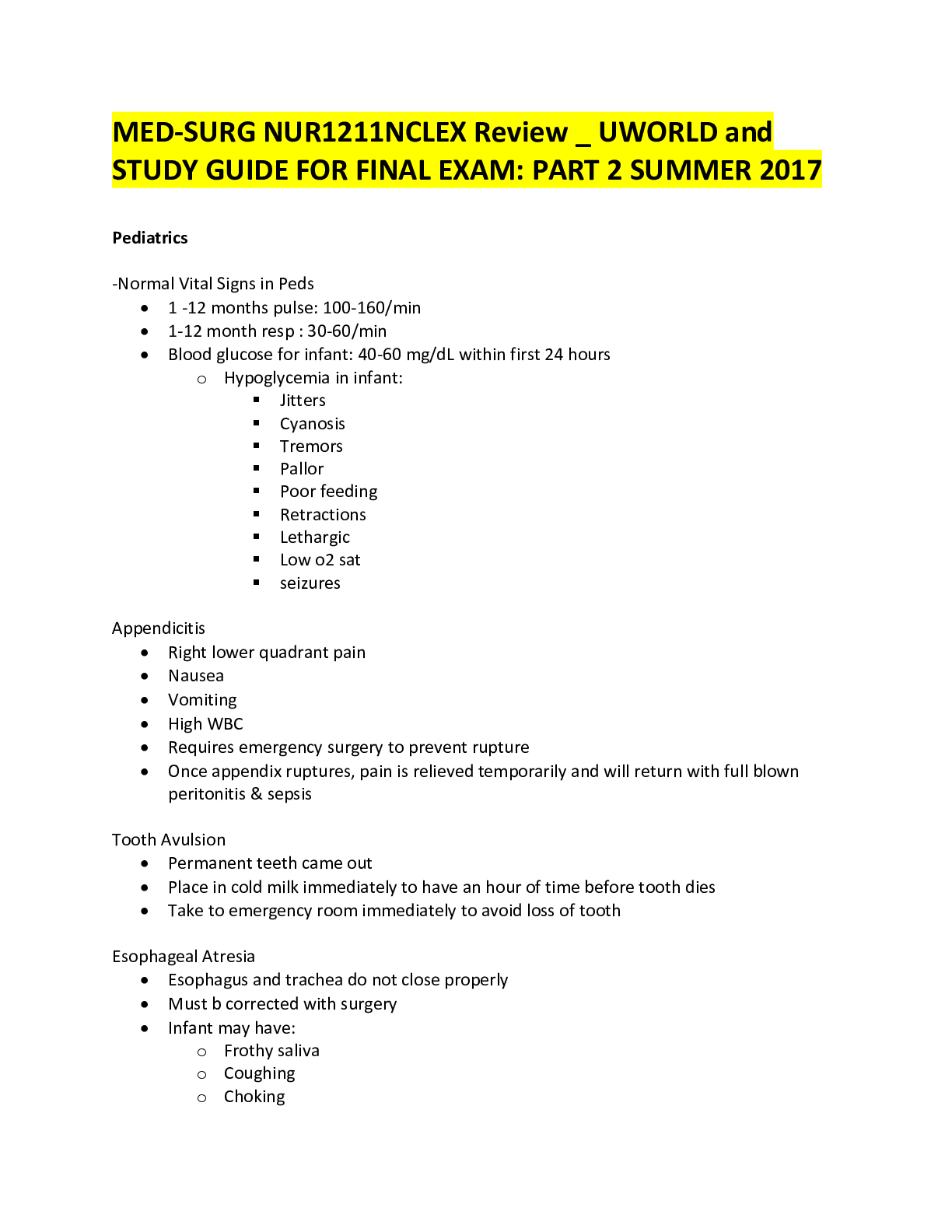
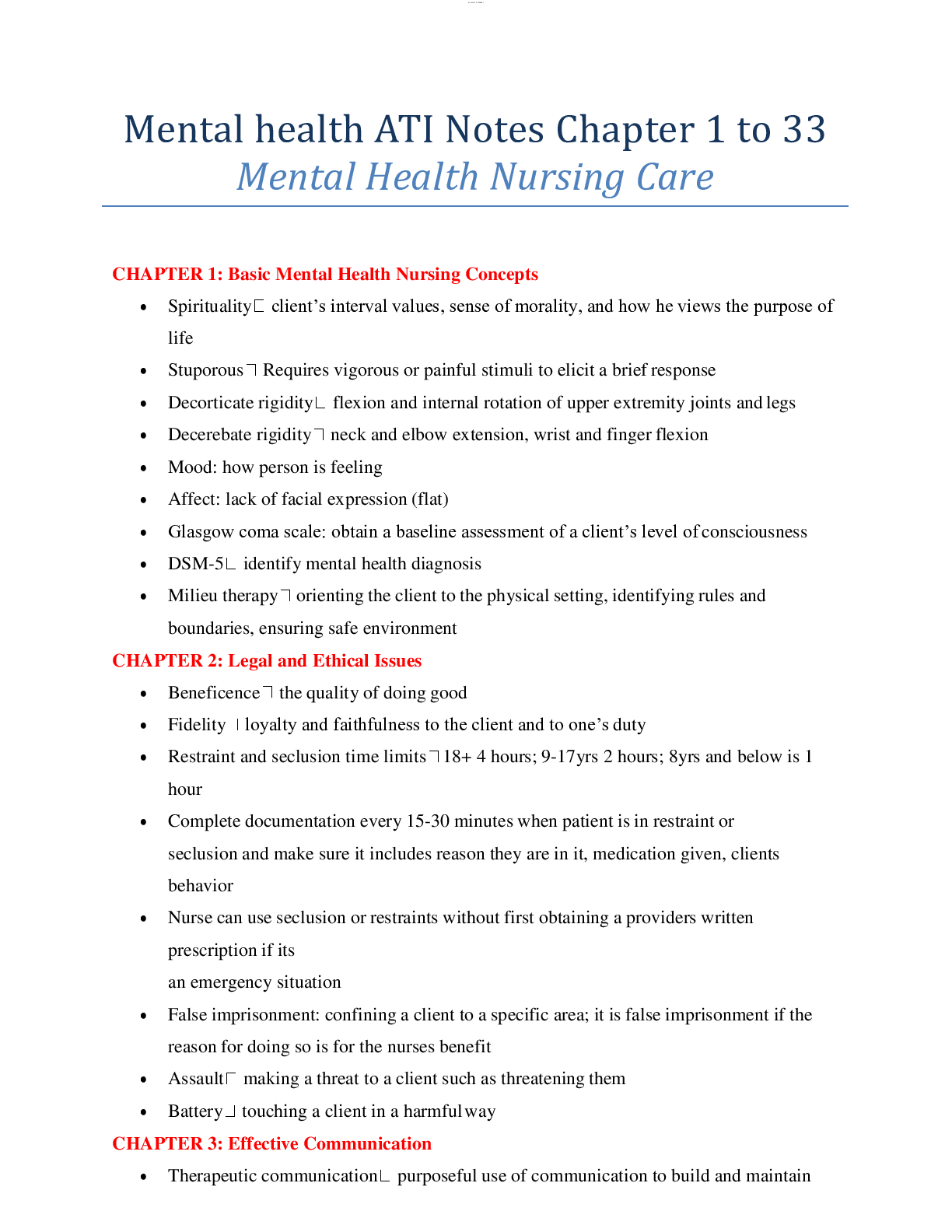
.png)
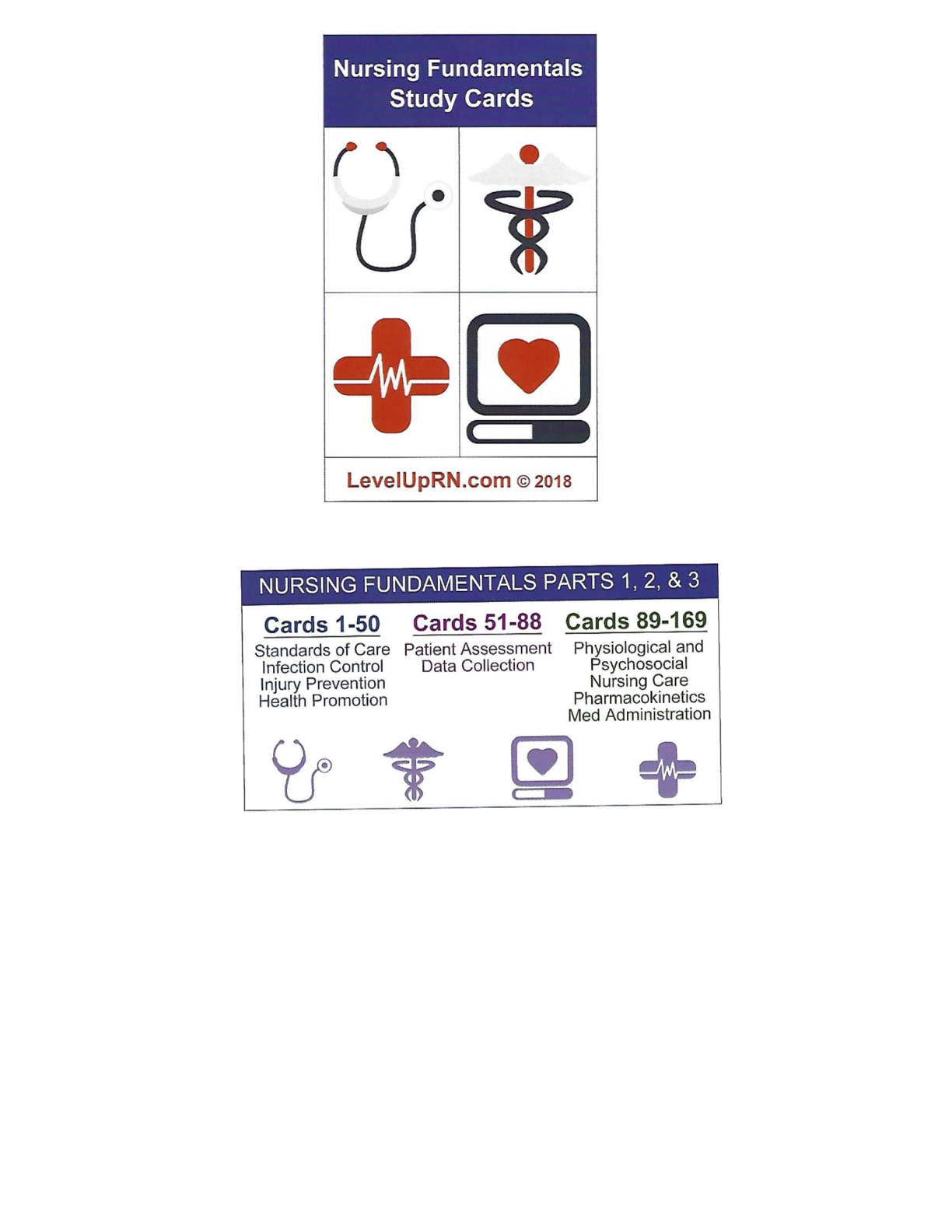

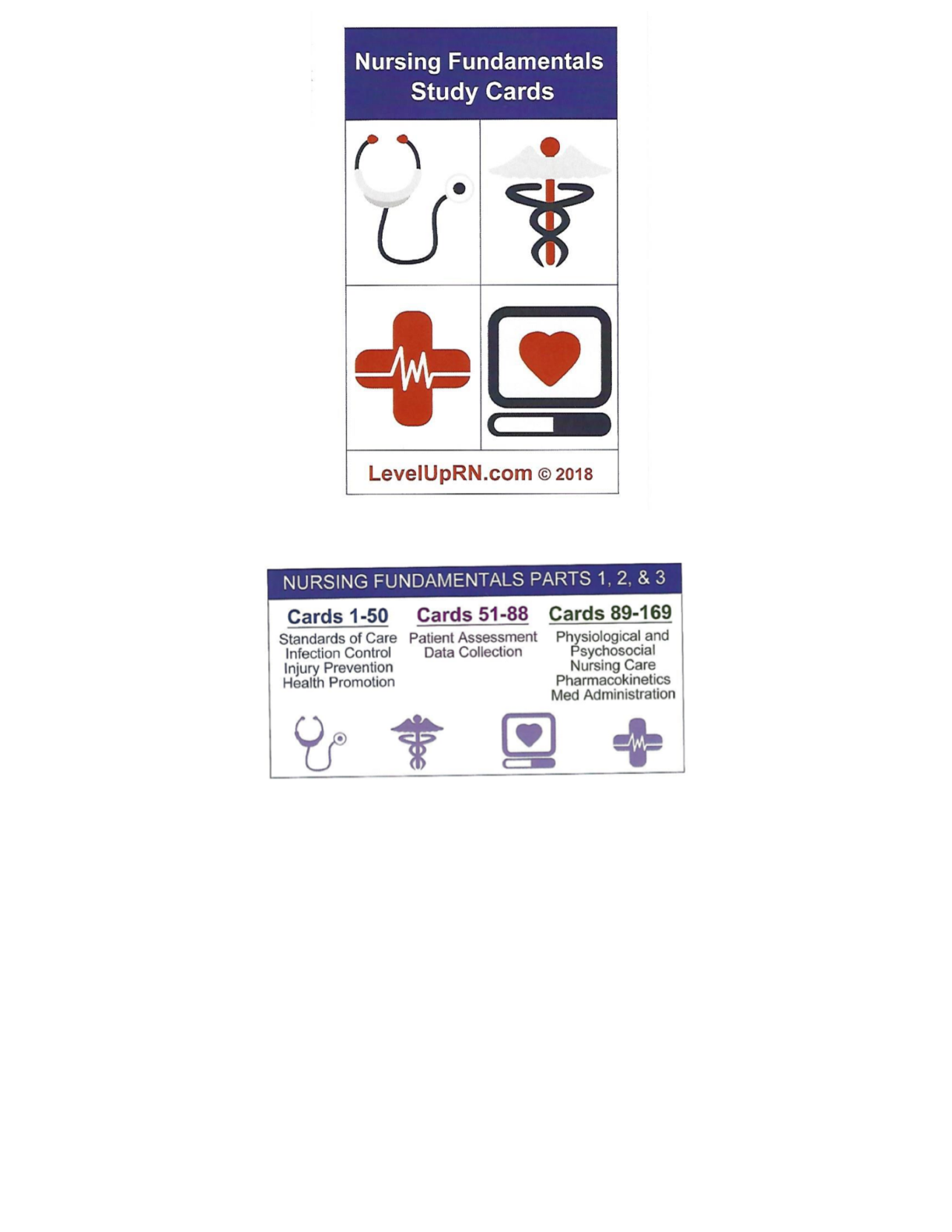
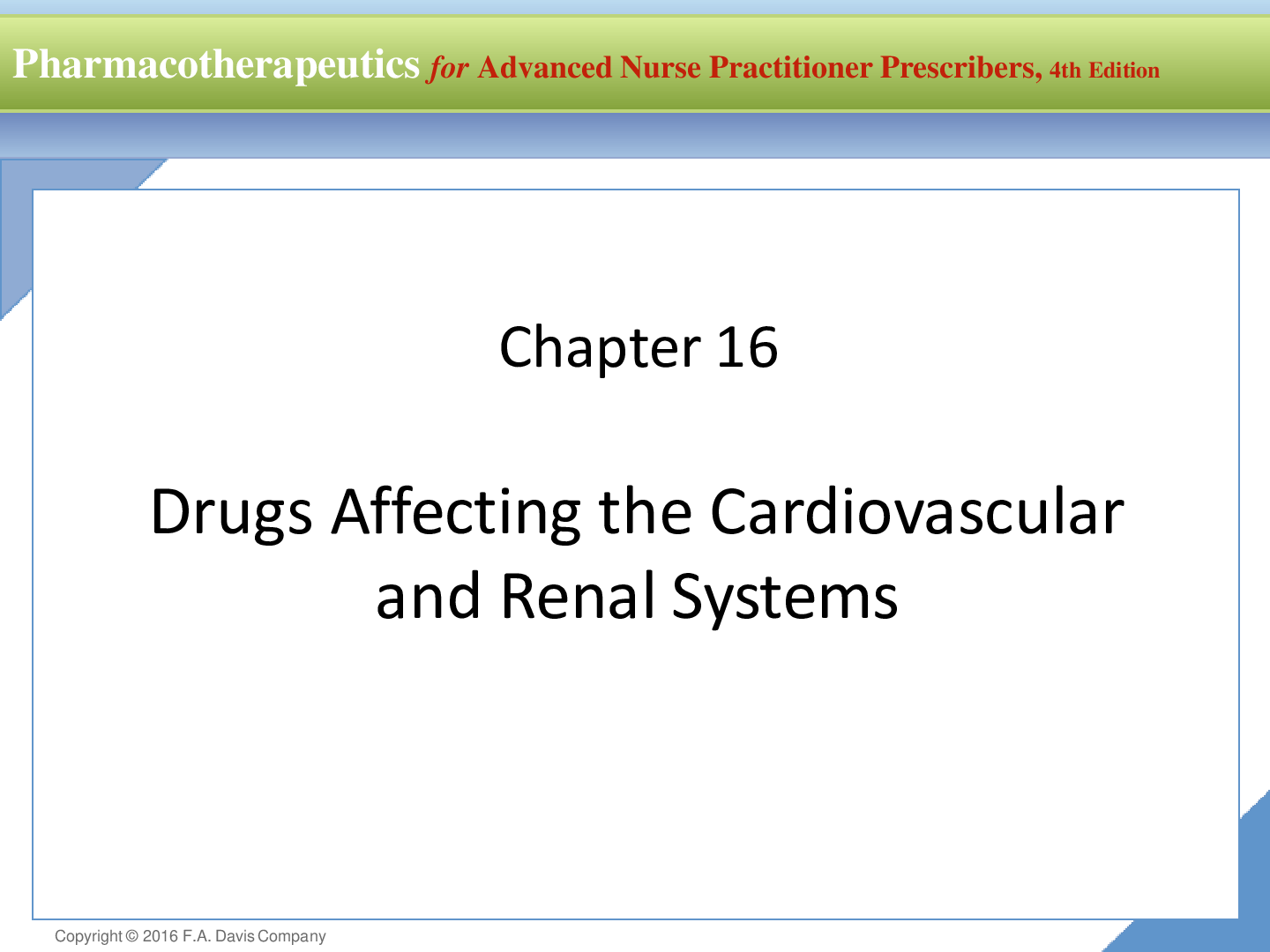
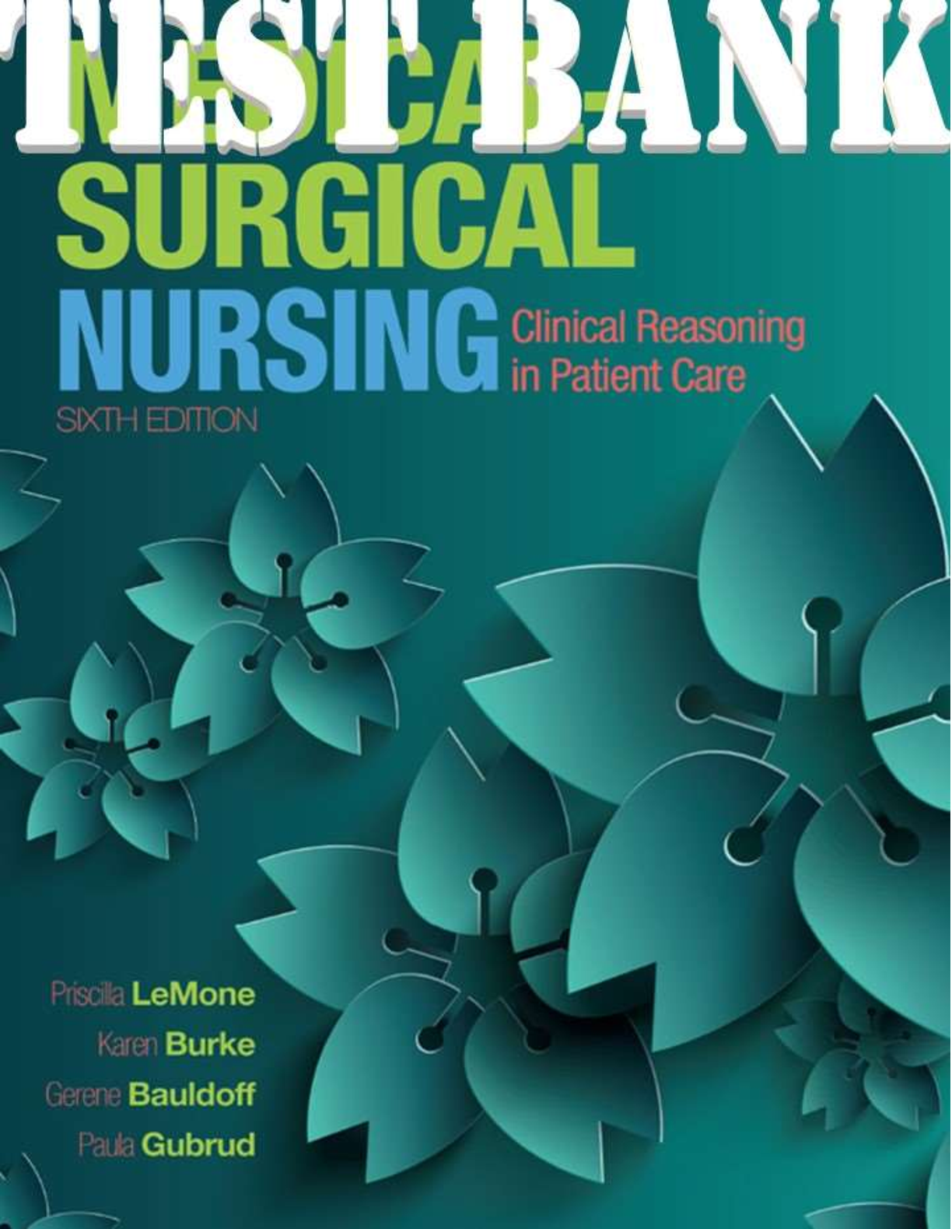
.png)
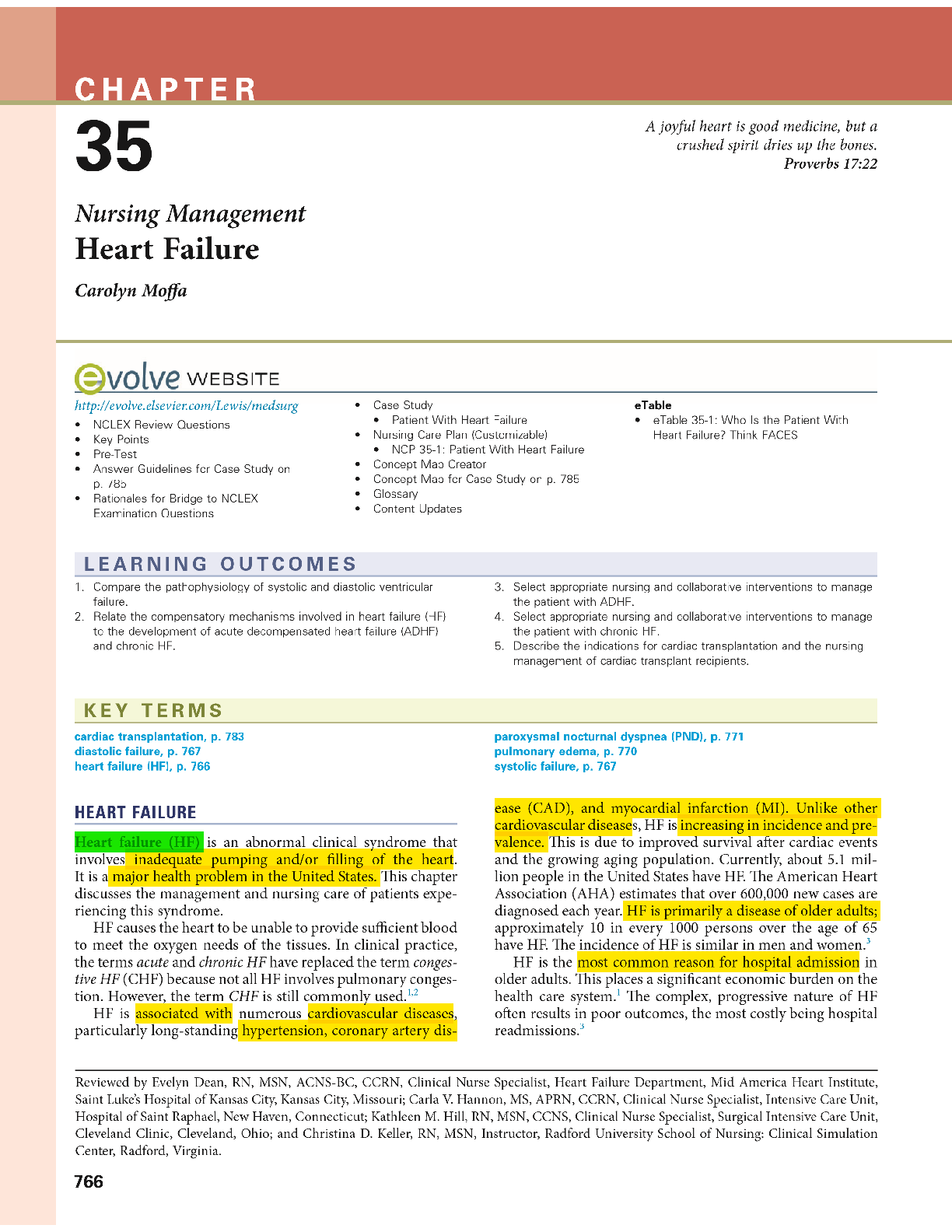
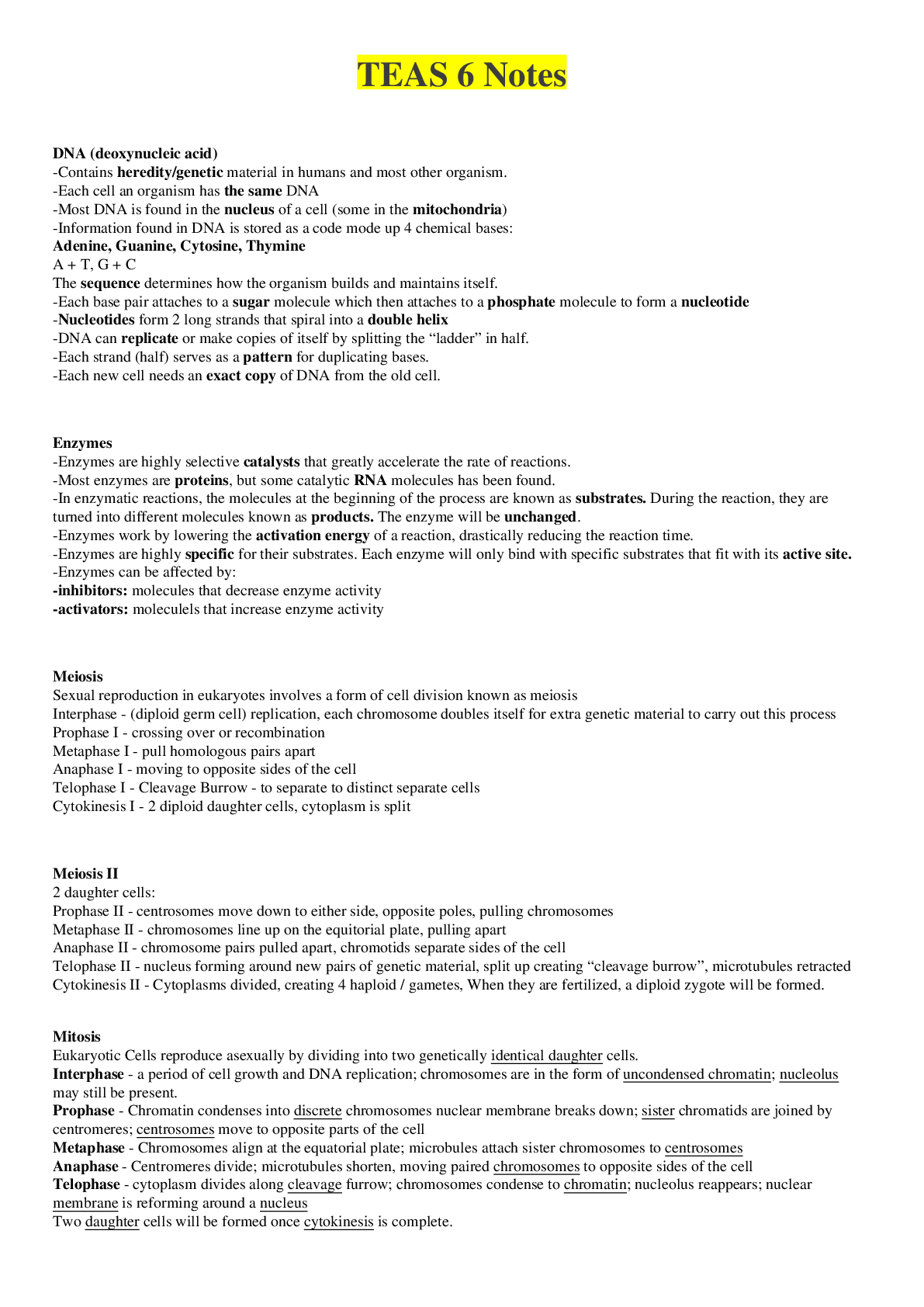
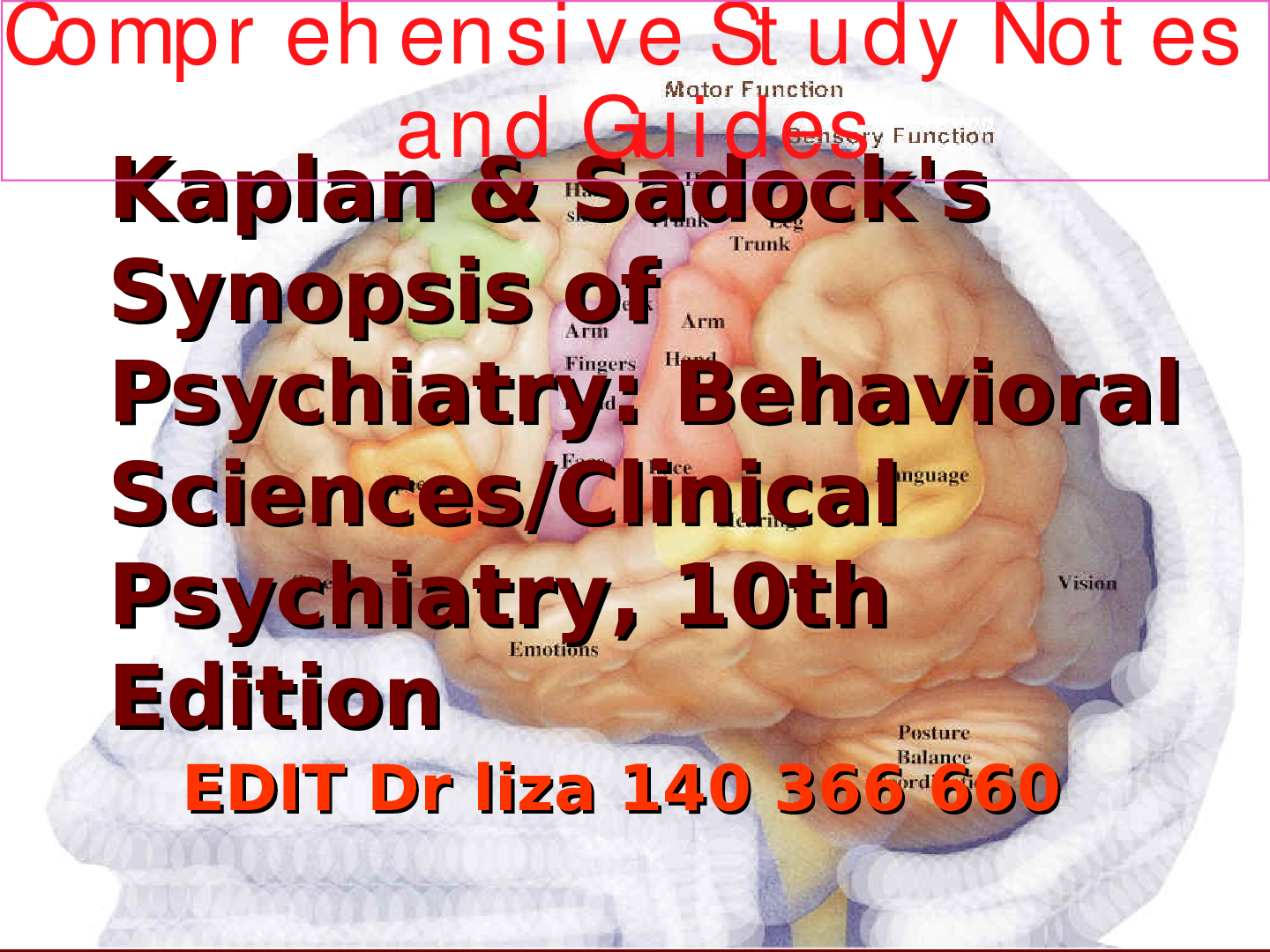
How Do Geographically Dispersed Teams Collaborate Effectively Paper.png)
